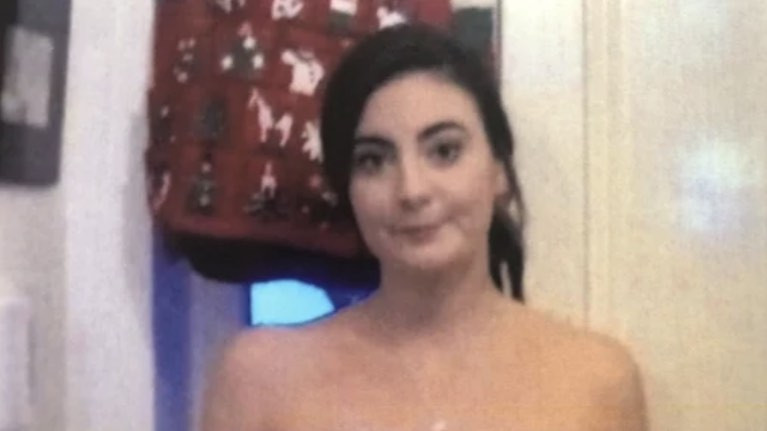Sara Feeney, the Galway woman who survived 15 hours at sea on paddleboards with her cousin Ellen Glynn, has paid a further tribute to those involved in rescue at sea.
In an interview with RTE Radio 1 Countrywide, she has also appealed to water users to wear a buoyancy aid, to always have a means of communication and to carry a light.
“We owe it to these people to do everything we can to keep ourselves safe,” she said, describing all those involved in rescue on water as “heroes”.
“Lifejackets are a must, there’s no question about it..and even things like a light,” she said. “It is very easy to have a waterproof pouch with you where you can have these things,” she said.
Vessels & a helicopter close by
Ms Feeney described her overnight ordeal in heavy rain, thunder and lightning with her cousin, and how there were times when it felt as if there were vessels and a helicopter close by.
She also described her own concern when they hadn’t been found after being carried by north-easterly winds across the bay from Furbo to south of the Aran island of Inis Oírr – a distance of 17 nautical miles.
Floats attached to crab gear
The floats attached to crab gear owned by fisherman Bertie Donohue off Inis Oírr had probably “saved them” from being swept out into the Atlantic, but she said she also had a sense that perhaps the search pattern had changed to a shore search.
“It was terrifying to have those thoughts...,” she said, explaining how she feared their those searching for them had “assumed a certain outcome at this point”.
Speaking about their ability to stay calm, she said that being together was crucial.
“I don’t know if Ellen’s age I would have had or had seen so many horror stories about water...Ellen probably was and had total understanding of what was going on, but neither of us really communicated that to each other... we didn’t really say that out loud at the time,” she said.
“If we had started talking like that, it was just another level of hopelessness we didn’t need,” she said.
“I wouldn’t have been able to hold it together if she [Ellen] had been in a state of panic,” she said, describing their unspoken joint decision to keep calm.
A “huge thing on her mind” during the night, particularly after each vessel and helicopter flight which didn’t see them, was that “nobody gets out of this situation...”
“Lots of people don’t get the ending that we did in that situation..so that’s definitely on your mind the whole time,” she said.
Patrick and Morgan Oliver
Patrick and Morgan Oliver of the Claddagh seafaring family, who rescued them in their seven-metre catamaran Johnny Ó, were “wonderful”, she said.
“When you are out there you are thinking that all of these people are out there looking, and you have it in your head that if they do find you ...you are going to be in some sort of trouble...the stress and everything that you cause people...but they were just so kind, the instant we were on the boat just feeling so safe,” she said.
“The fact that there was such a happy ending to this is something we can take from it,” Ms Feeney said.
“These people who go out and take time out of their own lives without hesitating and put their own safety at risk to look for people that they don’t know...are heroes.”
“Everyone we met along the way was so kind and helpful...it was lovely,” she said.
Hear the extended RTE Radio Countrywide interview here































































